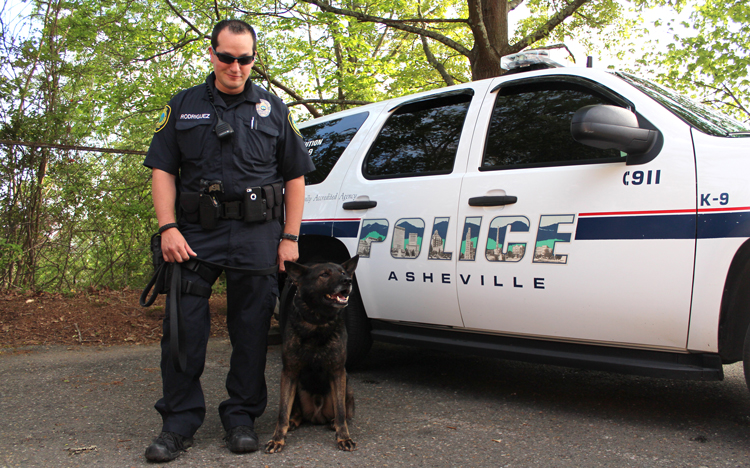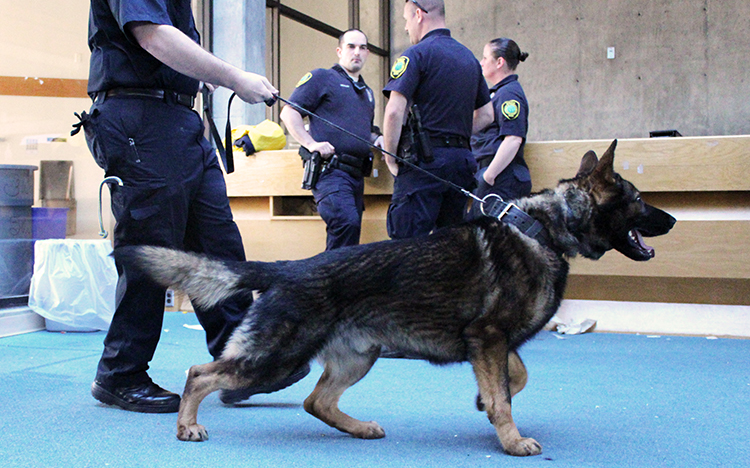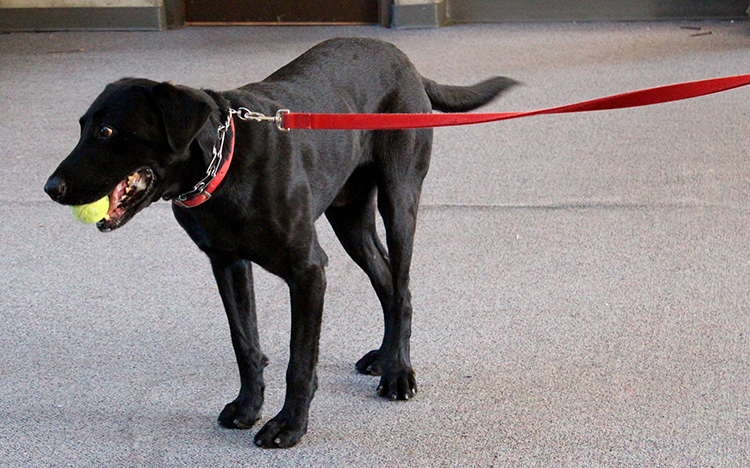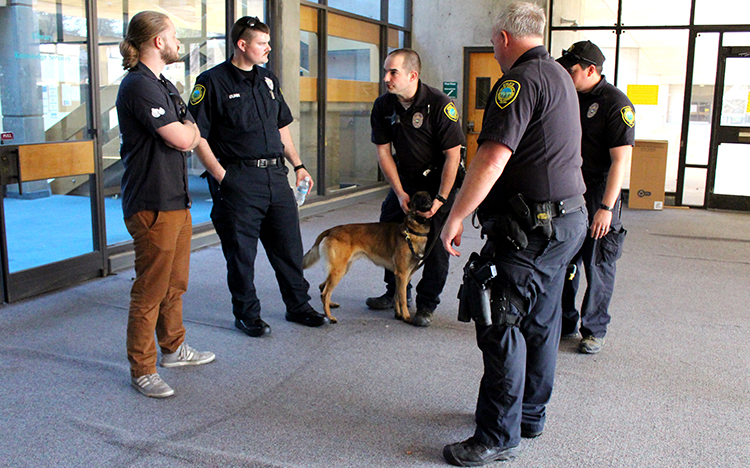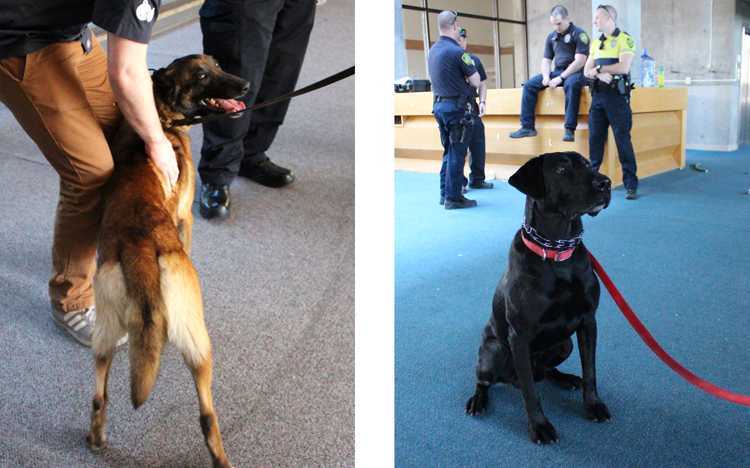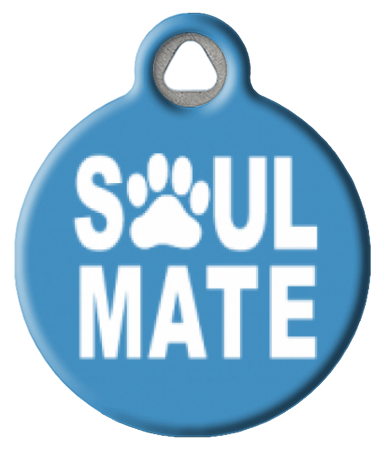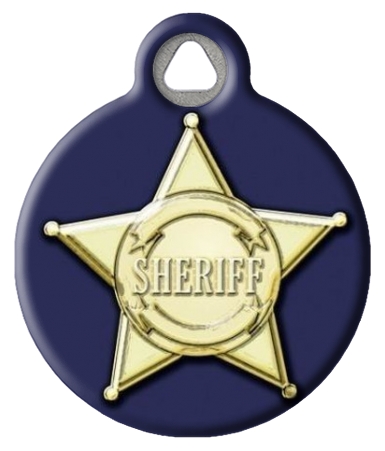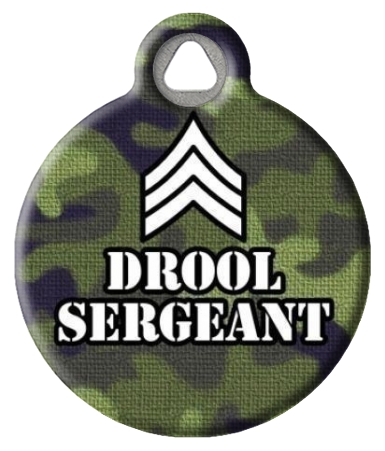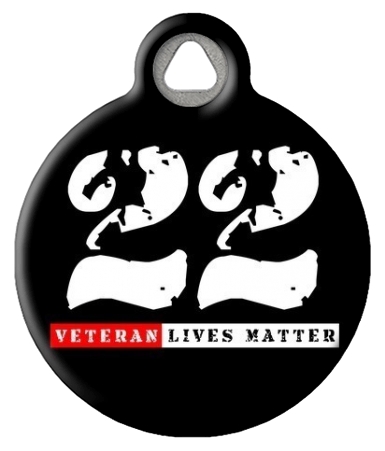Some human-animal relationships are so important that lives depend on them – that’s definitely the case for the bond shared by police officers and their K9 partners. These best friends work together 24/7 to protect and serve. You can check out detailed profiles of each officer and their K9 partner.
Dog Tag Art was lucky enough to come face to face (and face to snout) with our hometown K-9 Unit of the Asheville Police Department, and witness some of the challenging, brave, and inspiring work these dogs and officers do together each day. This meeting transformed the way we think of K-9 units as a whole and opened our hearts to the love, respect, and dedication officers share with their 4-legged partner.
K-9 Unit Training – Drugs, Bombs, & Bad Guys Beware
The work of K9s and officers goes way beyond the patrol car – they train hard, every single day, to ensure they are in sync with one another and prepared for whatever task comes their way while on duty, whether it be a drug search, bomb threat, apprehension, or false alarm.
All of the officers and dogs (except for Merlin, the only bomb dog) in the APD K-9 Unit are trained to conduct narcotics and evidence searches, as well as perform suspect apprehension. Still, each dog develops their favorite training activity. A K9’s preference is usually shown during initial trainings, as well as throughout their service span. This means it is especially important that officers/handlers get to know their canine partner (and vice versa) on a very deep level in order to establish a comfort zone and mutual understanding.
Let’s take a look at these super pups and handlers doing what they do best:
Narcotics Search
During a narcotics search, a K9 will detect drug odor and then provide an alert to their officer. The dogs signal that narcotics are present by sitting. During training, an accurate detection by the dog is rewarded (with their favorite toy) within the vicinity of their discovery. Following their reward, K9s get to have some fun and enjoy their treat. Once the reward is taken away, the dog immediately knows it is time to work again. The U.S. Customs has set the standard for independent, active, free training, meaning dogs are not directed toward contraband during training, but must find it on their own.
Explosives Search
Due to the nature of explosives, searches and alerts are conducted much differently than those for narcotics. Once the K9 detects an explosives odor (potassium chloride, C4, etc.), they will sit and wait for their officer’s direction. Once their officer acknowledges the dog’s discovery, the K9 is rewarded away from the vicinity to keep both dog and human away from potentially active explosives.
Obedience Training
Obedience is perhaps the most crucial portion of K-9 unit training because it lays the groundwork for all activities and ensures the safety of everyone involved. The obedience level of police dogs is outstandingly impressive! Once their officer gives a command, the K9 follows. They can perform “tricks” or walk in sync without any hesitation or error. Dogs are also trained to walk between their officer’s legs when the dog needs extra protection around their body and for the top of their head. This technique is especially important if a suspect is armed.
Apprehension (Bite Work) Training
There’s no denying it: being chased down and bitten by a 100-pound German Shepherd is terrifying, but K9 handlers practice and experience this on a regular basis. Bite work training is done to prepare the dogs and handlers for suspect apprehension. During training, the handler prepares and contains their dog, while another officer runs away or stands at a distance. Once the dog is released and given their apprehension command, it is only a matter of seconds until they are latching on to the protective uniform worn by the “target.”
Witnessing this action from only a few feet away is quite intense and scary. Yet, once the handler leashes the dog and gives a release command, the intensity is over. Within a minute or less, the dog is back to being happy, friendly, and calm. There is no doubt that police dogs know and obey their commands, and flip their switch from “work” to “regular life” in an instant.
A Partnership Like No Other
Following the day spent with the K-9 unit, all of us at Dog Tag Art were in awe of and grateful for such an eye-opening experience! The officers were kind, welcoming, knowledgeable and passionate about their work. The police dogs performed their tasks with precision and even let us pet them. We cannot thank the unit and department enough for giving us such a privilege and letting us be part of the incredible partnerships they share with these beautiful, intelligent animals. Hopefully, the dogs feel extra special wearing the custom ID tags we made just for them!
